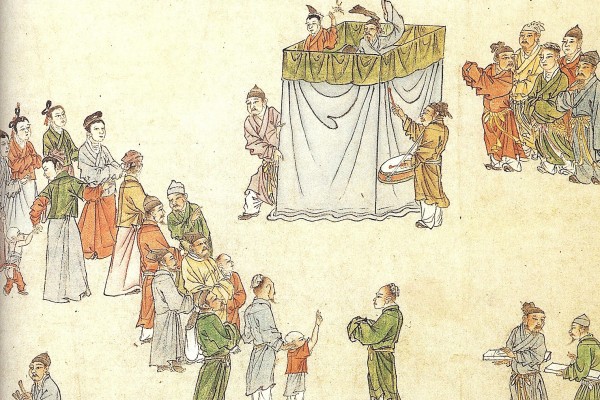
The Yuan Dynasty was the shortest of the major Chinese dynasties. To some it has been regarded as a time of occupation by the Mongol “hordes” and a “blip” in the development of China. However, despite its comparative brevity, its dramatic rise and even more tortuous fall, the Dynasty left its mark on history in ways which, with the benefit of hindsight, are noteworthy as indicators of the development of the country, its cultural advancement and its governance. They are not all bad!
Since government positions of power became difficult to obtain, the literati were able to express themselves in a more independent manner, as they were no longer obliged to “toe the party line”. Their work, such as that of the Four Masters of the Yuan, whether it was poetry, painting or any other art form, benefitted from their ability to indulge in self-expression rather than immediate visual appeal. The influence of Middle Eastern Islamic art and architecture, medicine, cartography, ornamentation resulted from the role that Muslims, particularly from Persia, played within the Yuan administration.
Presentation topics might include the birth of the novel, for example ‘The Water Margin’, the beginnings of opera, drama and puppetry, the growth of Buddhist art particularly from Tibet (which can be seen in the current Dunhuang exhibition), the Mongol courier system, the creation of a textile industry, the Red Turbans rebellion (origin of Moon Cakes), astronomy & astrology, the cultural habits of the Mongols as opposed to those of the Han, religious tolerance and the growth of new religions and, of course, personalities such as Kublai Khan, Genghis Khan, Zhu Yuanzhong, Marco Polo (again) and Liu Binzhong the architect of Dadu (Beijing).
Study Group meets every Tuesday at 10 a.m. Each participant researches and prepares a 30 to 45 minute presentation on their chosen topic within the main theme. Two presentations are usually presented each Tuesday.
Bookings and enquiries: Contact Patrick Moss at [email protected]